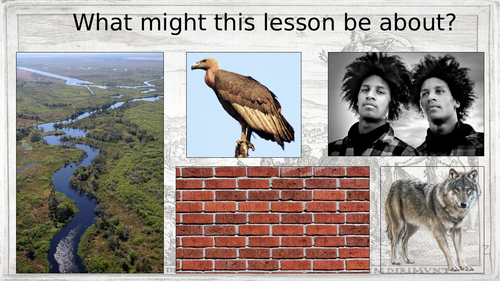

I created this lesson out of a feeling that often, in teaching Romulus and Remus, there is a distinct lack of proper history skills involved. This lesson is my attempt to create a lesson which imparts knowledge of the (genuinely intriguing) story of the twin founders of Rome, but also hints at the historical inaccuracies, the story’s mythical nature and cultural significance to the Romans themselves.
This lesson is aimed at students 13-16 (although more able students who are younger can access it) in order to introduce them to:
- The story of Romulus and Remus (which they would need to know for their OCR Class Civ or Ancient History GCSE (9-1)
- Ancient Historians (specifically Livy who is mentioned throughout and a required for GCSE Ancient History - yet often difficult to access).
- Modern Historians (specifically Mary Beard) through her retelling of the story in SPQR which is quoted and attributed appropriately throughout (and sometimes adapted slightly for easier understanding).
The Lesson starts with a series of images to see if students can guess what the lesson might be about. Some students might have more knowledge of the ancient world than others but whatever answers they come up with can become talking points.
Attention moves to the geography/setting of the story and the story itself is then split up into 3 parts; beginning, middle and end. Each part includes an appropriate work sheet which are contained as slides within the .ppt file (in the right places within the presentation) which can be printed, photocopied and worked through.
This can be done together as a class or individually. There is a challenge task (focusing on provenance/other versions) on each worksheet for the more able students. Worksheets involve summarising Mary Beard’s account of the Romulus and Remus story in images and words. There is a strong literacy focus throughout with students encouraged primarily to highlight words they don’t understand and annotate their sheet with definitions.
There is also additional guidance in the ‘notes’ section of each slide to help you as you teach. The lesson finishes with students attempting to answer the question that is the lesson title using a quote from Romulus (via Livy) to help them to show how much progress they’ve made. Students are then given the same set of images they were given at the start of the lesson and invited to explain each one to show how much they have learnt.
Something went wrong, please try again later.
This resource hasn't been reviewed yet
To ensure quality for our reviews, only customers who have purchased this resource can review it
Report this resourceto let us know if it violates our terms and conditions.
Our customer service team will review your report and will be in touch.